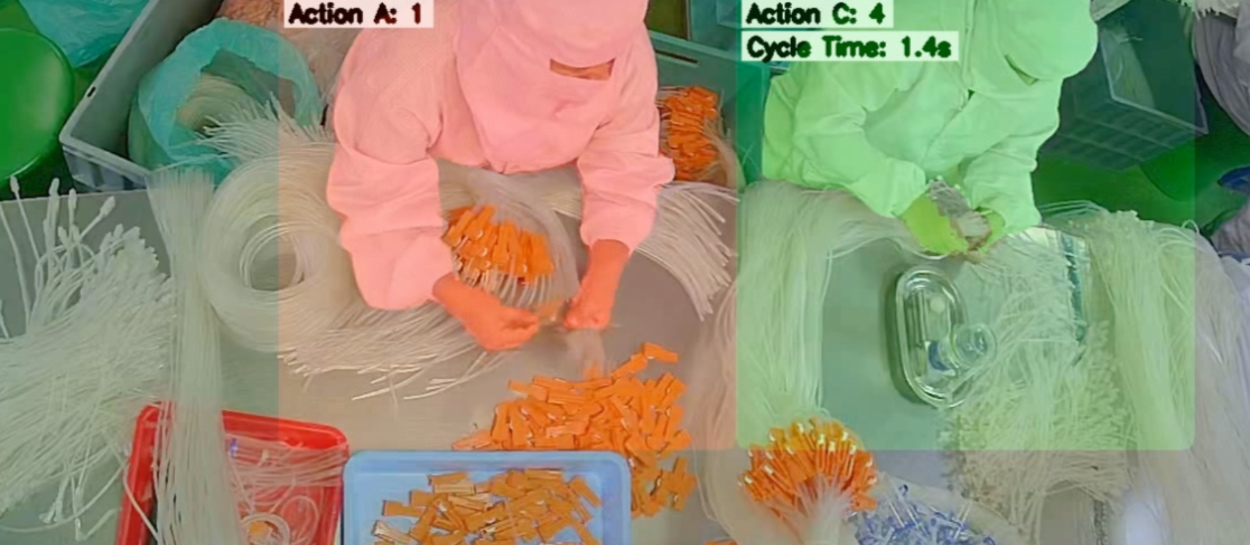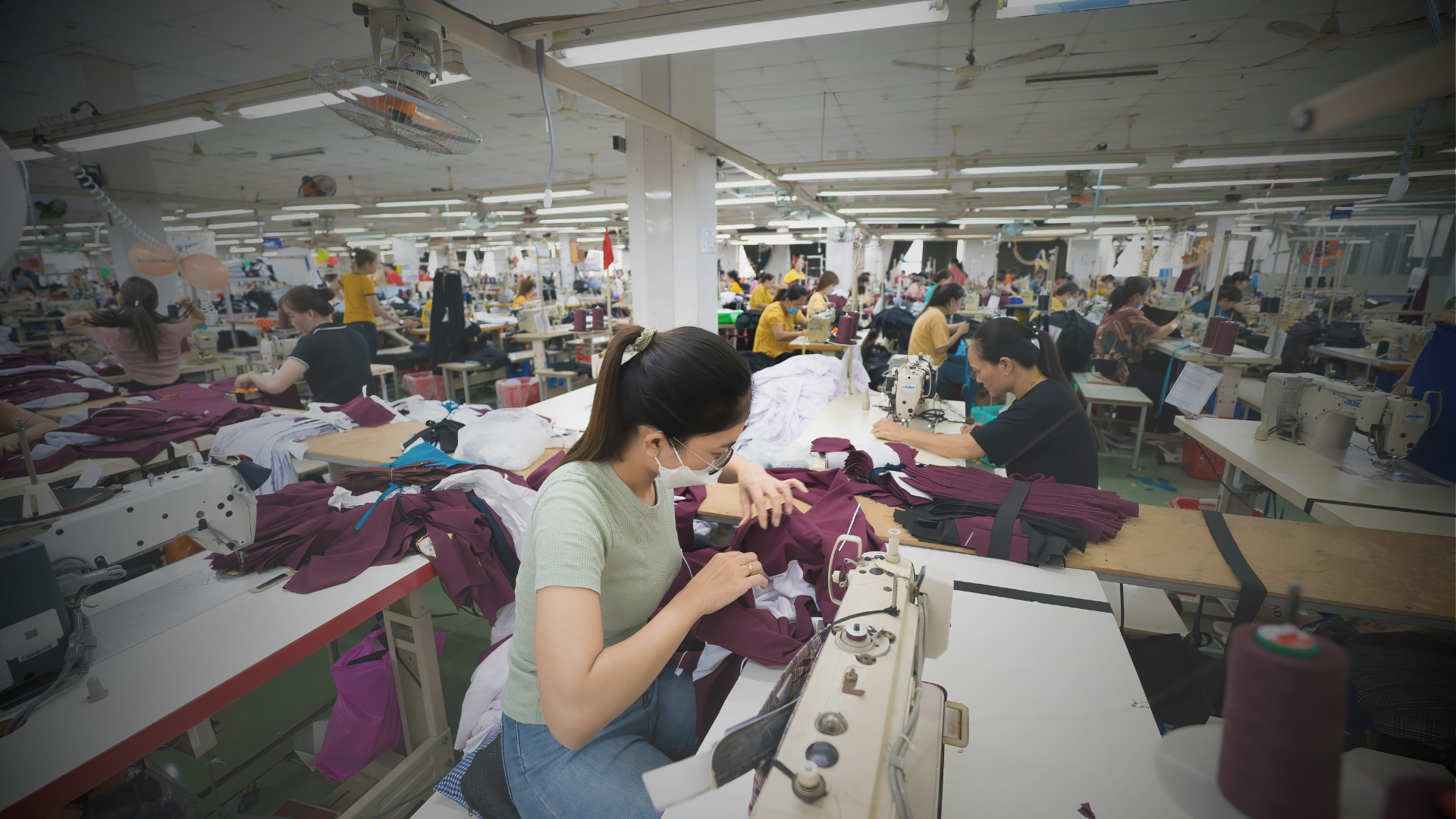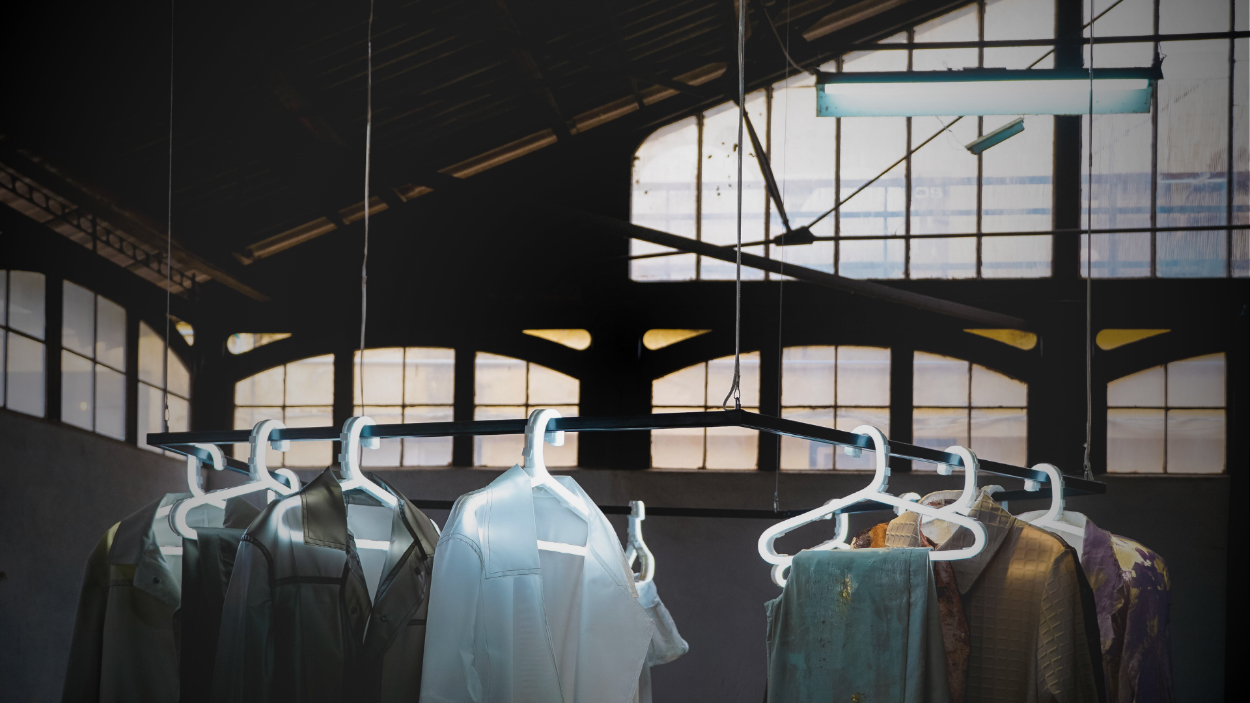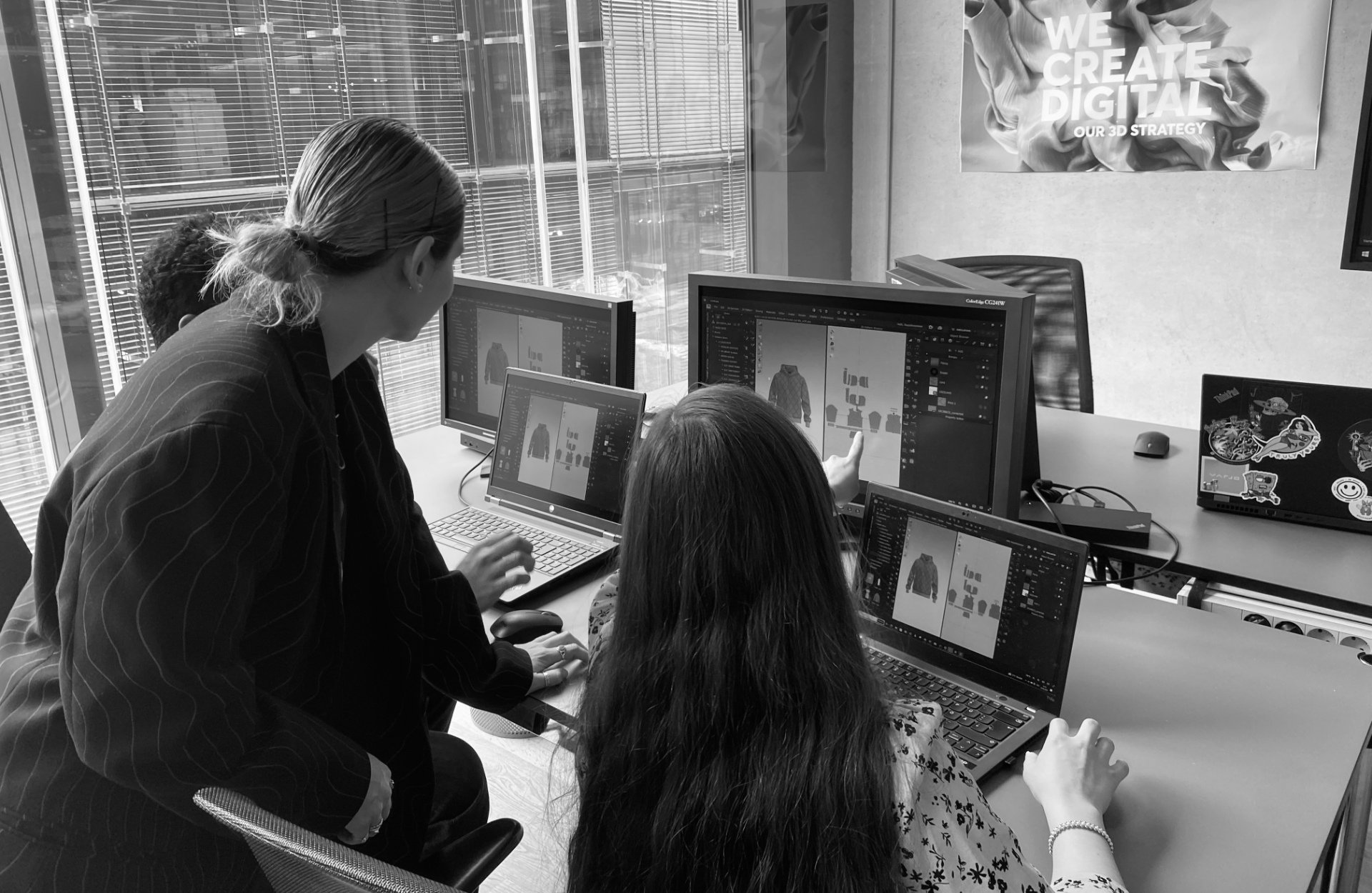Key Takeaways:
- Optifye.ai’s AI monitoring debacle underscores a critical industry divide: AI’s potential versus its ethical application. AI in fashion must prioritise expertise and worker rights, not just surveillance, to drive genuine progress.
- The incident highlights Silicon Valley’s recurring misstep of imposing tech solutions without grasping industry nuances. Existing, science-backed labour metrics, like SMVs in GSD, demonstrate that efficiency gains should stem from skill investment and fair standards, not exploitative control.
- By overlooking established labour quantification methods and contextual understanding, Optifye.ai’s AI demo risked reinforcing exploitation. This exemplifies a broader trend: AI tools must complement human skill and industry expertise, rather than simply observe and control.
- The fashion industry’s approach to AI will define its future. Failure to center workers in tech-driven transformations risks escalating tensions between AI and labor rights, potentially triggering a preventable crisis.
Last week, a Silicon Valley startup faced a familiar problem: a grand technological vision colliding with the realities of the industry it aimed to improve.
Optifye.ai, part of Y Combinator’s latest cohort, posted a demo of its AI-powered factory monitoring software, showing how it could track worker performance in a hypothetical garment factory. The video, now removed after widespread criticism, attempted to showcase efficiency but instead came across as deeply tone-deaf.
The demo featured co-founders demonstrating how their system could measure productivity using security cameras and AI-driven analysis. At one point, they highlighted a (hypothetical) worker’s inefficiency, as if reinforcing productivity through surveillance was a novel breakthrough. The response was swift: Y Combinator deleted its posts promoting the company, and Optifye scrubbed its website of the more overt references to worker monitoring.

Silicon Valley’s love affair with ‘disrupting’ industries sometimes reveals a deep misunderstanding of the sectors it aims to fix. Take transportation: tech companies have repeatedly introduced ‘new’ transit models that amount to little more than reinventing buses or trains. Time and again, startups have pitched tech-driven solutions to complex problems without fully grasping the nuances of the work they seek to optimise. The same holds true for manufacturing. Efficiency isn’t a new pursuit in garment production, and the best factories have long sought improvement through investment in skills, innovation, and automation—not just extracting more output from workers.
Reports from MAS Holdings (2023) and Interloop (2024) illustrate how technology can enhance productivity while improving working conditions.
But Optifye’s approach took a different tack: instead of refining production processes through a sensitive application of time-tested, science-backed metrics, it applied cameras and computer vision as blunt surveillance tools that proposed to do a lot to exert pressure on garment workers, but little to deliver meaningful insights or solutions.
Optifye claimed its software could track ‘cycle times’—a fundamental concept in garment production—but failed to reference any established labor measurement systems. Standard Minute Values (SMVs), as used in General Sewing Data (GSD) for apparel manufacturing, have, for decades, provided an industry-standard, government-approved method of labor quantification, helping to lay the foundations for fair wages and ethical working conditions. (Similar solutions exist for footwear-specific operations, such as Timeline.)

These systems exist to prevent worker exploitation by setting standardised benchmarks for labor efficiency that are born out of decades of hands-on, expert observation and assessment. By contrast, Optifye’s AI demo proposed to simply observe, identify, and flag “inefficiencies” without contextual understanding, reinforcing fears that AI in manufacturing is becoming less about optimisation and more about granular control.
As The Interline has observed, this runs the risk of becoming a recurring problem in AI development: mistaking observation for expertise and understanding. Just because a computer vision model can track data doesn’t mean it understands the complexity of the work it’s measuring – and bridging that gap must, by rights, be a job for people who really understand garment manufacturing, and who also recognise the complex legacy and the conversation that has been simmering around worker rights in the fashion supply chain for a long time, but especially since the pandemic.
Writing for The Interline, both Sophie Benson and Megan Doyle have highlighted this contradiction: fashion is quick to champion issues like sustainability and ethical sourcing, yet slow to centre workers in those transitions. Optifye’s proposal for AI-driven oversight exemplifies this issue in stark terms—rather than enhancing conditions or increasing transparency, it was a herald for an attitude towards ‘upstream productivity’ that would reduce workers to data points in a system that many would argue is already stacked against them.

To be clear: AI has immense potential in manufacturing, logistics, and retail. Used correctly, it can streamline workflows, minimise waste, and drive meaningful improvements in efficiency. But for AI to genuinely support progress, it needs to be built on expertise and hands-on insight —rooted in an understanding of industry realities and cultural context, rather than a top-down, data-obsessed approach.
“No industry is rifer with employment violations than the garment industry,” the GWPA website states, underscoring why AI proposals like Optifye’s, which prioritise observation over fair labor standards, would represent a step backward rather than forward. If AI is to have a place in manufacturing, it must be implemented with an understanding of labor rights, industry standards, and the real needs of the workforce.
The lesson here isn’t just about one startup’s misstep—it’s about ensuring AI in fashion serves workers as well as companies, otherwise the separate flashpoints we’ve seen building around worker rights and AI could wind up combining into one big conflagration that the industry really should have seen coming.
That, of course, will require thoughtful application, meaningful engagement with industry expertise. And it’ll demand an understanding that technology works best when it complements human skill, not just monitors it.
Best from The Interline:

Kicking off this week, Browzwear’s Chief Revenue Officer, Craig Planson, and Head of Strategic Solutions Offering, Kristen Ohlsson, shine a light on digital product creation as a critical investment in revolutionising how the industry designs, develops, and delivers products to market.

Next up, how HUGO BOSS is revolutionising fashion through comprehensive digital training, empowering its workforce to lead the industry’s digital transformation.

In recognition of how rapidly the legislative landscape has shifted from soft enforcement to the withholding of imports, we partner with TextileGenesis to tell the first in a new series of stories about the mechanics, the methods, and the mandates for compliance in 2025.

With the first quarter of the new year underway, we take a fresh look at the data behind our industry-wide survey with MMGNET, on Fashion’s long-term bets, explore the surprising resilience of fashion in general, and examine how professionals’ biggest technology investments might play out over the rest of the year.
